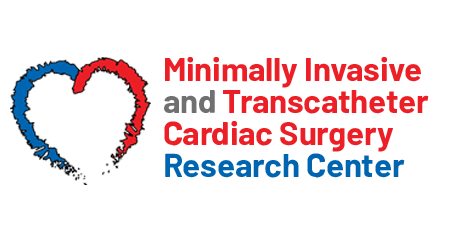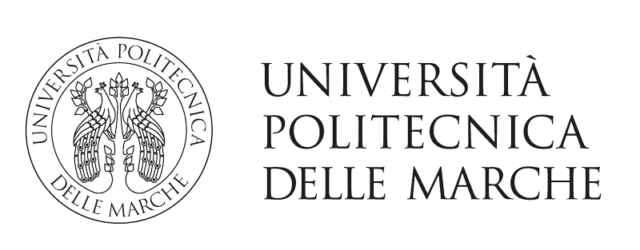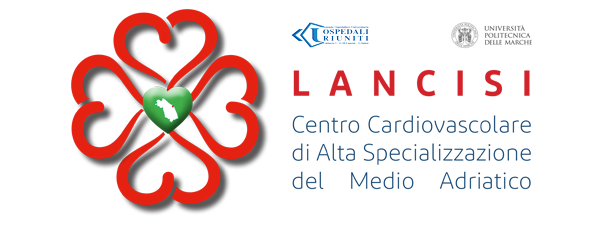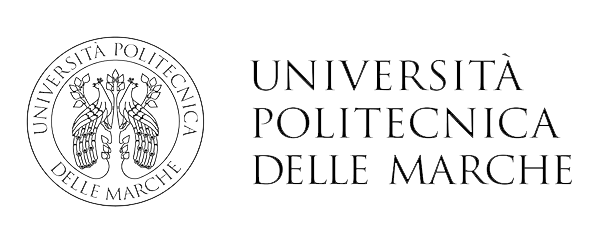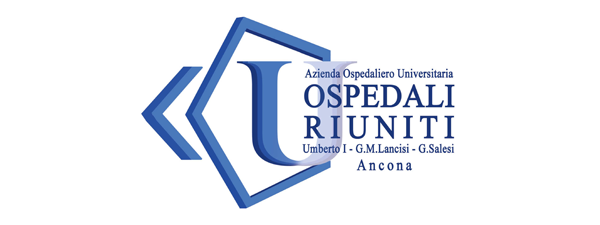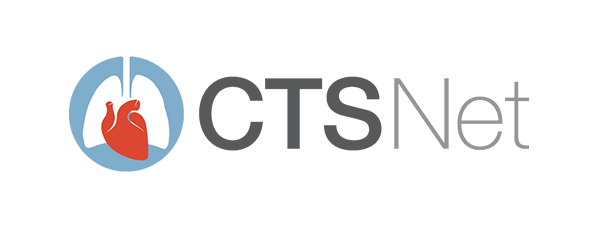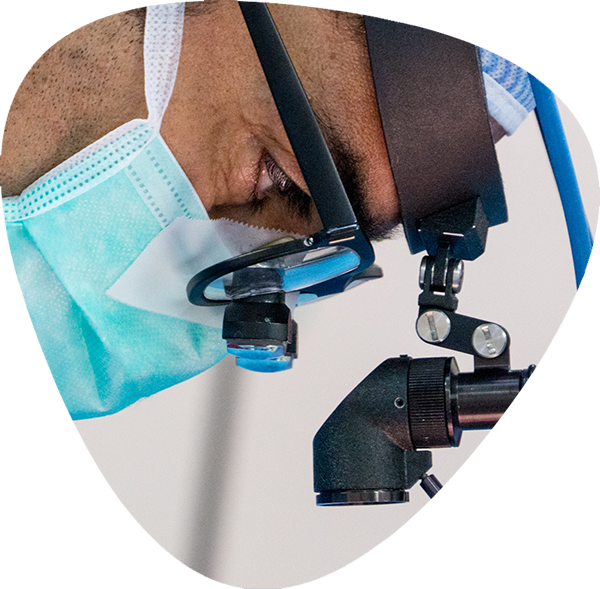
INNOVATION AND RESEARCH
Cornerstones
- Without losing their excellent short- and long-term outcomes, cardiac surgeons are ready to target new measures of outcomes that are related to patient’s satisfaction and QoL. A multidisciplinary approach from surgeons, anesthesiologists, perfusionists, nurses and physical therapists may help reducing the impact of our interventions by reducing physical and psychological trauma, fastening recovery with enhanced post-operative lifestyle.
- The development of simplified techniques is crucial for MICS dissemination within a surgical team/community.
- Cardiac surgeons should embrace catheter-based techniques and technologies in theirs and their patients’ interest.
Our Research Center is at work to generate the evidence at support of the above-mentioned notions.
EDUCATION AND TRAINING
ANCONA LIVE VIRTUAL COURSE
Minimally Invasive and Trans-Catheter Cardiac Surgery
Episode III
ANCONA LIVE VIRTUAL COURSE
Minimally Invasive and Trans-Catheter Cardiac Surgery
Episode III
Dear Friends and Colleagues,
Following the extraordinary result of last year (5.3K devices connected from 83 countries in the world!!), it is with a great enthusiasm that we would like to announce our Ancona Live Virtual Meeting will have its Episode III. It will be broadcasted by CTSNET 100% virtual and for free, on June 2022 the 6th and 7th.
This year, to further support Cardiac Surgeons to develop or reinforce their Minimally Invasive and Trans-Catheter programs, with our Episode III we aim at increasing the broadcasting time to show surgical and catheter-based interventions performed LIVE. All in the hands of cardiothoracic surgeons!
With a fabulous Faculty of international KOLs and experts, we will make a focus on Aortic Aneurysms and Aortic, Mitral and Tricuspid Valve Diseases according to a minimally invasive and trans-catheter perspective. While interventions performed live from our theatres (by me and other international distinguished Colleagues) will demonstrate most contemporary minimally invasive and transcatheter approaches and techniques, lectures, presentations and live in box cases, will be broadcasted to complete our educational project through an engaging layout with ample time for interaction.
Minimally invasive and trans-catheter is the way to go!
We are looking forward to welcoming you with this unforgettable virtual symposium.
See you there!
Prof. Marco Di Eusanio

EDUCATION AND TRAINING
2021/22 ANCONA ADVANCED COURSES
2021/22 ANCONA ADVANCED COURSES
Minimally Invasive Cardiac Surgery: Aortic and Mitral Valves (Autumn Edition)
Minimally Invasive and Trans-catheter Aortic Valve Interventions (Spring Edition)
Our courses, through frontal teaching and observation of operations performed in the operating/hybrid room, are ideated to be highly interactive and aimed at expanding the knowledge of minimally invasive and trans-catheter interventions on heart valves. In particular, approaches such as ministernotomy, anterolateral and transaxillary minithoracotomy for the exposure of the aortic, mitral and tricuspid valves will be taught in a thorough way so that these can then be applied by the learners independently. With the collaboration of perfusionists and anesthetists, the principles our 360° multidisciplinary MICS approach will be demonstrated in practice through the use of MiECC, ultrafast track anesthesia protocols and early ICU rehabilitation.
With regard to TAVI, after providing CT-based preoperative planning and catheters principles, transfemoral TAVI will be demonstrated in step-by-step fashion with the aids of videos and, on day 3 , directly in the hybrid room. The learning surgeon should return home well convinced TAVI is an intervention that can be learned and that should become part of his/her armamentarium.
The course has a limited number of places available (from 4 to 6). To participate in the allocation of seats, learners will need to make a reservation starting June 7.
Dates and registration fee will be shortly provided.
